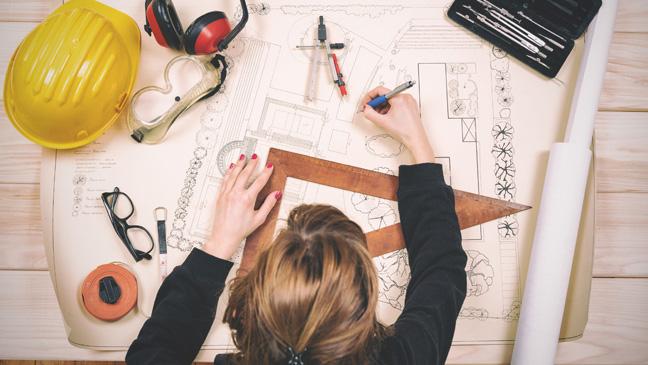
Sustainable design has quickly become a key focus in the field of architectural services, as architects and designers strive to create buildings that are not only aesthetically pleasing but also environmentally friendly and energy-efficient. This shift towards sustainability is driven by a growing awareness of the impact of buildings on the environment and the need to reduce their carbon footprint. As a result, sustainable design has emerged as the future of architectural services, with more and more clients demanding eco-friendly solutions for their projects.
Architectural services encompass project management, which involves overseeing the construction process from start to finish. Architects coordinate with contractors, subcontractors, and suppliers to ensure that the design is implemented according to specifications and within the agreed-upon timeline and budget. They also conduct site visits, inspections, and quality control checks to monitor the progress of the project and address any issues that may arise. By taking on a holistic approach to project management, architects help to ensure that the final product meets the client's expectations and stands the test of time.
One of the key principles of sustainable design is to minimize the use of non-renewable resources and reduce waste. This can be achieved through the use of recycled materials, energy-efficient systems, and passive design strategies that make use of natural light and ventilation. By incorporating these principles into their designs, architects can create buildings that consume less energy, produce less waste, and have a lower overall environmental impact.
Another important aspect of sustainable design is the focus on creating healthy and comfortable indoor environments for building occupants. This can be achieved through the use of non-toxic materials, good indoor air quality, and access to natural light and views. By prioritizing the well-being of the people who will be using the building, architects can create spaces that promote health and productivity while also reducing the environmental impact of the project.
In addition to promoting environmental sustainability and occupant well-being, sustainable design can also help clients save money in the long run. Energy-efficient buildings have lower operating costs, reduced maintenance needs, and higher resale values, making them a sound financial investment for clients. By designing with sustainability in mind, architects can help their clients achieve their goals of saving money while also reducing their environmental impact.
As the demand for sustainable design continues to grow, architects and designers are exploring new technologies and innovative solutions to push the boundaries of what is possible in terms of environmentally friendly design. From green roofs and living walls to solar panels and passive solar heating, there are a wide range of sustainable design strategies that can be utilized to create buildings that are both beautiful and eco-friendly.
One of the challenges facing architects and designers in the pursuit of sustainable design is the need to balance environmental considerations with aesthetic and functional requirements. While there may be trade-offs involved in sustainable design, architects are finding creative ways to integrate eco-friendly features into their designs without compromising on quality or beauty. By working closely with clients to understand their needs and goals, architects can create sustainable designs that meet both environmental and aesthetic objectives.
Overall, sustainable design is the future of architectural services, as clients increasingly demand eco-friendly and energy-efficient solutions for their projects. By embracing sustainable design principles, architects can create buildings that not only look good but also contribute to a healthier and more sustainable built environment. With the right combination of innovation, technology, and creativity, architects can help shape a more sustainable future for the built environment.
In conclusion, sustainable design is not just a trend but a necessity in the field of architectural services. By prioritizing environmental sustainability, occupant well-being, and cost-efficiency, architects can create buildings that are not only beautiful and functional but also environmentally friendly and energy-efficient. As the demand for sustainable design continues to increase, architects are poised to play a key role in shaping the future of the built environment for generations to come.